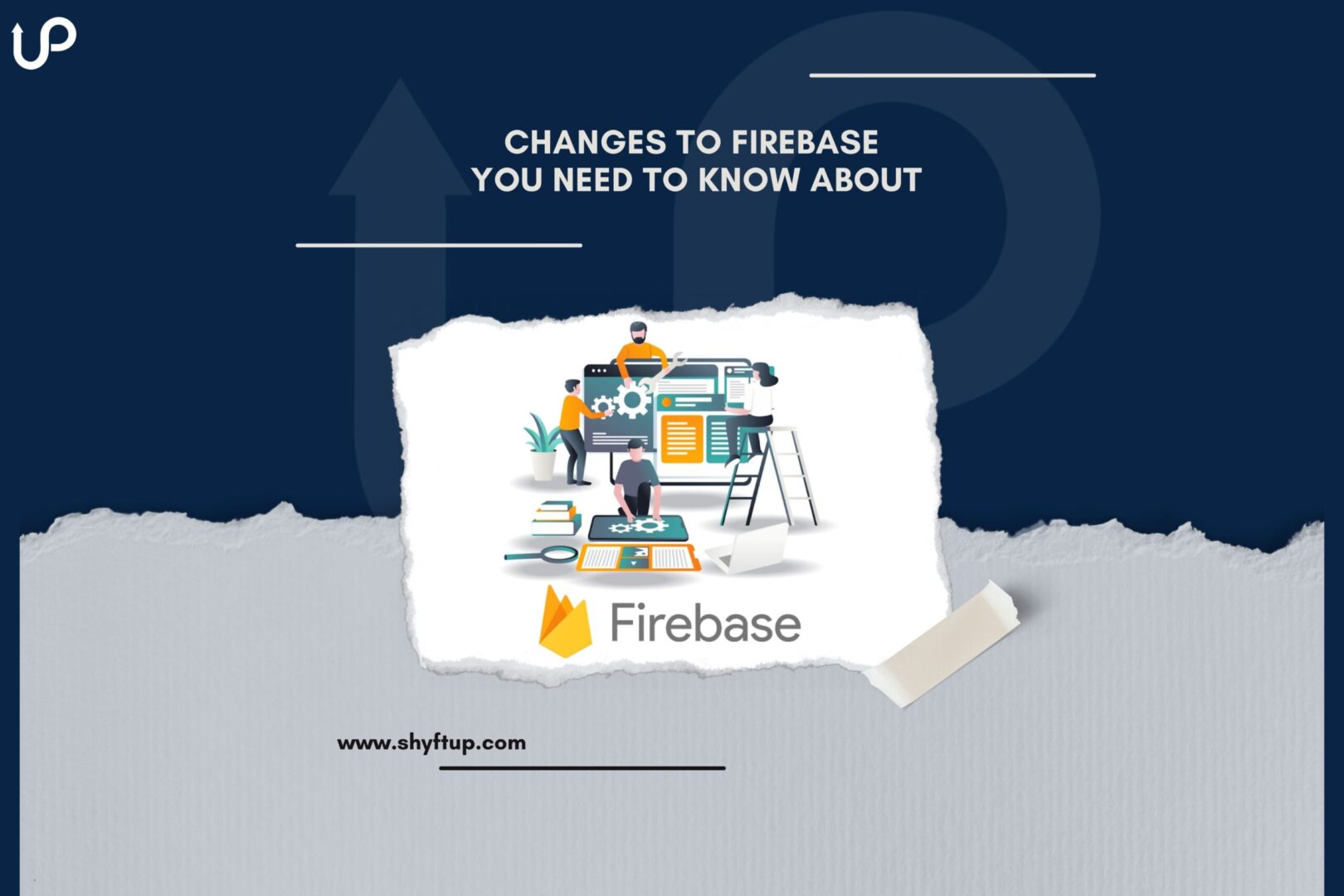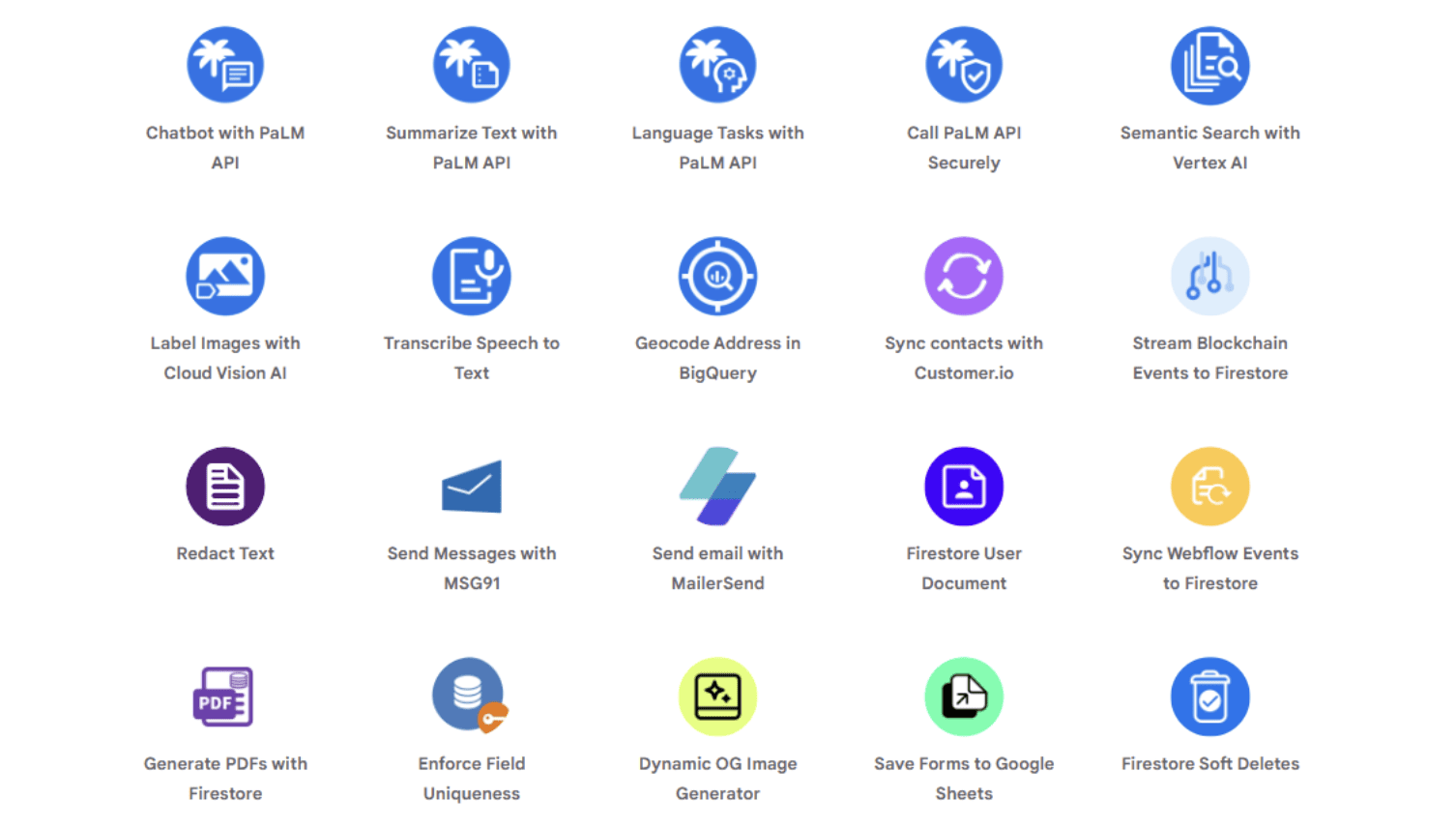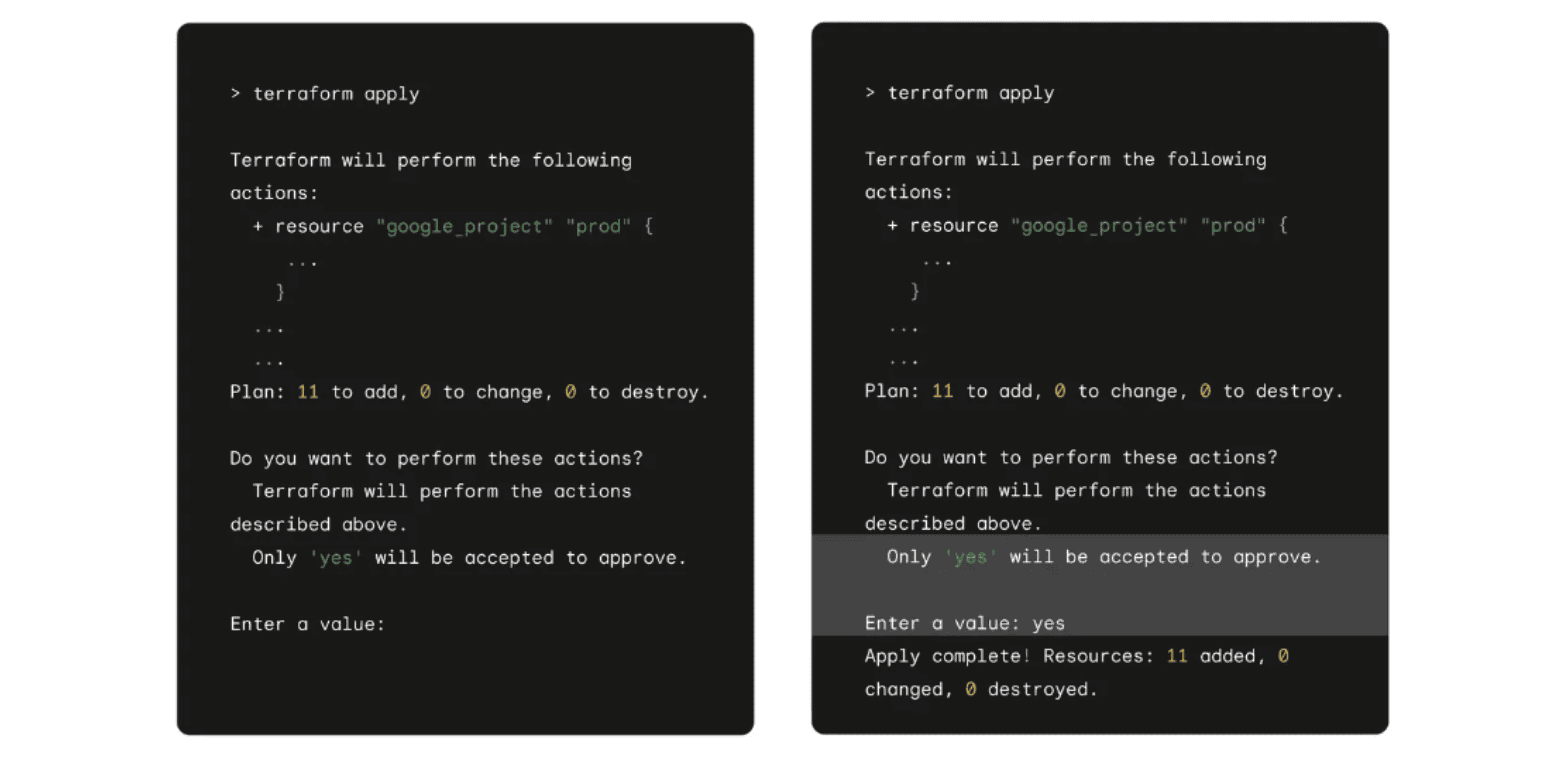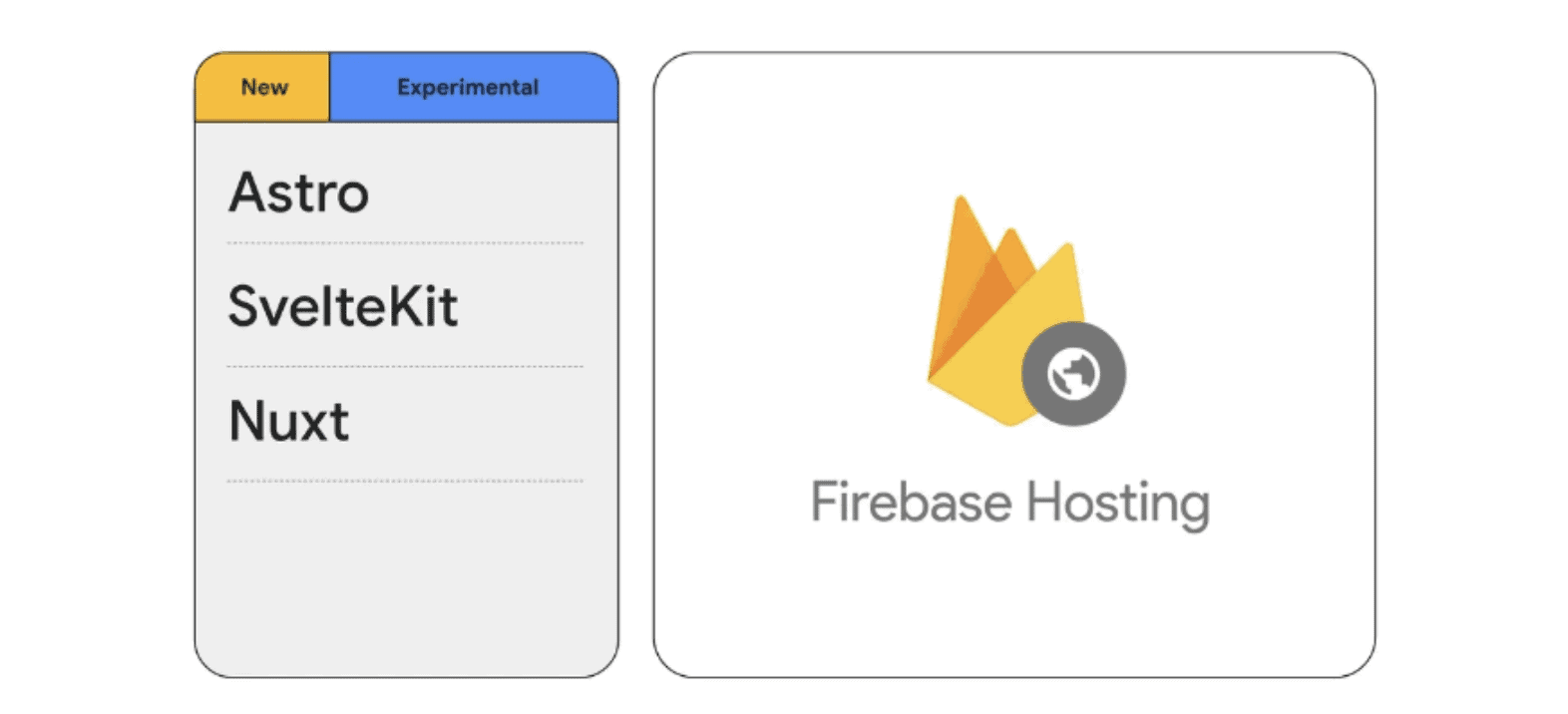
Google held its annual developer conference, Google I/O, on May 10, 2023. It’s one of the most anticipated and important events where Google announces and showcases its latest technological updates, advancements, and product launches. While there are just so many things to digest here, we are going to focus on Firebase.
As an app developer, marketer, and owner, Firebase is a huge concern. So, it’s a must that you stay informed and updated about what is going on with Firebase and the changes that could affect your business.
As you may already know, Google Firebase is a comprehensive collection of cloud-based development services and tools that help developers develop, build, and scale mobile and web applications in the quickest and easiest way possible.
So, what are the changes to Firebase announced during Google I/O 2023? Here are some of the most important updates that you should know.
New AI Extensions
There’s no doubt: artificial intelligence has now affected almost all parts of the digital world. So, it’s not surprising that the team behind Firebase is now using more and more generative AI, and that includes the creation of AI Extensions through the help of PaLM API.
One primary example of this is the “Chatbot with PaLM API” extension. This allows you to use Google’s generative AI features by connecting PaLM API with Firestore.
During the few months leading to Google I/O 2023, Google already added more than 20 new Extensions. Here are some of them:
Creating Your Own Extensions
During Google I/O, Firebase announced that you can’t just use Extensions, but you can actually create your own Extensions and share it with others. Google took this step to support great ideas of the community and encourage the growth of extensions that would solve problems and benefit everyone.
You can start creating your first extension via extensions.dev and go to the Firebase Extensions hub.
Cloud Functions for Firebase Upgrade
In 2022, Google introduced the second generation of Cloud Functions for Firebase. Now, it has achieved a new upgrade, which includes the ability to support Python. This means that there are more ways for you to write functions.
Moreover, it can also handle more demanding workloads with the use of up to 32 GB of memory. For example, Cloud Functions can manage up to 1,000 requests all at the same time. Plus, Cloud Functions has support for triggers that allow the combination of various Firebase products.
App Check
When it comes to doing online transactions and activities, safety is Google’s top concern. That’s why they now made App Check available, which adds an additional layer of protection for your Cloud, Firebase, and custom backend resources. It prevents unauthorized access and malicious activities such as phishing, billing fraud, and even app impersonation.
If you wish to improve your Firebase account’s security, you can upgrade to use App Check now.
Terraform Integration
Terraform is a useful tool that allows you to codify cloud APIs into “declarative configuration files.” Perhaps, you are already using Terraform but not Firebase directly. Thankfully, Firebase now supports this useful coding tool to help you automate the configuration and provisioning of your cloud resources.
Firebase Hosting Improvements
In 2022, Firebase successfully experimented with the integration of Next.Js and Angular Universal with Firebase Deploy. This moved Firebase Hosting from static websites to dynamic web frameworks.
Now, Google announced that they are experimenting with how to include Astro, Nuxt, and SvelteKit into the Firebase Hosting to further simplify, automate, and speed up the building of highly responsive websites.
Along with these developments, Google also added that they now support Flutter and combine it with Firebase’s cross-platform backend services. There is even a new Flutter SDK specifically made for Firebase so that you can quickly export delivery metrics, use sign-in with various platforms, and track Firestore document changes.
Faster Android Startup
Google made some improvements to the core Android SDK. The upgrade aims to reduce CPU consumption, which would then improve startup time. According to Google, Firebase Android apps can be up to 3% faster with the enhanced core Android SDK.
Improved Firebase Crashlytics
In the past year, App Quality Insights (AQI) was launched, and this window helps developers find issues through the Firebase Crashlytics. From there, developers can investigate and resolve issues.
This year, the AQI has an additional improvement. For example, you can now quickly resolve issues directly in the integrated development environment (IDE). The AQI supports better team collaboration. Finally, you can also filter various issues in Crashlytics based on regressions or other signals.
Aside from Crashlytics, you’ll notice that AQI has enhanced code navigation accuracy with the latest release of the Android Studio Hedgehog’s Canary version.
App Distribution Feature
If you are planning to create pre-release versions of your app, the Firebase App Distribution would surely help. Its main feature is to collect feedback from app testers, which helps you find bugs and errors that might have escaped your attention during your own testing.
In the past, sharing valuable feedback from testers can be challenging. For example, if a tester finds a bug, they need to take a screenshot, describe the bug in detail, pinpoint where it is found, what app version was used, and so much more.
With App Distribution, the testers can simply submit their feedback directly in your pre-release app. Because of this, tracking and correcting errors can be done in just one place. What’s so amazing is that you can even integrate issue management or communication systems (think about Jira and Slack) with EventArc.
Remote Config Update
The Remote Config is one of the most useful tools in Firebase when it comes to updating your app. The best feature of Remote Config is that it allows you to make changes to your app’s appearance without requiring your users to download a new version of your app.
This feature was even made better recently because you can now make real-time updates on your app. So, in case you find any error in the changes you’ve made, you can instantly roll back your new updates. This gives you more control over how you add and remove updates to your app, which makes every change a low-risk move on your part.
As of now, Remote Config real-time update features are available for iOS, Android, Unity, Flutter, and C++.
Stay Updated All The Time
Google doesn’t stop to amaze us. They have always been on top of their game, bringing us powerful improvements and new technologies that make app development and marketing even more effective.
You and I can expect that there will still be more updates. Staying abreast of these updates is not enough. You also need to understand how it ought to change your marketing strategies and app development planning. As you can imagine, things can easily get complicated. Thankfully, ShyftUp is here for you.
ShyftUp is the leading user acquisition agency that will help you stay updated with the latest developments, trends, and breakthroughs in the world of mobile apps. They have the necessary expertise, tools, and experience to help you understand how each Google update could affect your app. They will then create compelling marketing strategies to help you take advantage of any change and leverage existing tools.
What is Firebase, and what services does it offer?
Firebase is Google’s primary platform that allows web and mobile app developers to create, manage, and update their products. With a wide range of cloud-based development tools and services, Firebase serves as a real-time database, cloud storage, hosting platform, authentication tool, performance monitoring tool, and analytics.
Why should you not use Firebase?
Firebase is a wonderful Google suite that offers a lot of benefits and features for web and app developers. As this might be the case, there might be some reasons people don’t want to use it. For example, there are developers who claim that Firebase isn’t an ideal option if you're creating a large-scale app. Moreover, you’ll also be hugely reliant on Google’s infrastructure and services, which means you’ll have limited control over your projects.
Is Firebase no longer free?
Firebase is free to use. Google offers a no-cost tier pricing plan for it. However, there are certain features that you can only use by switching to a paid-tier pricing plan.




